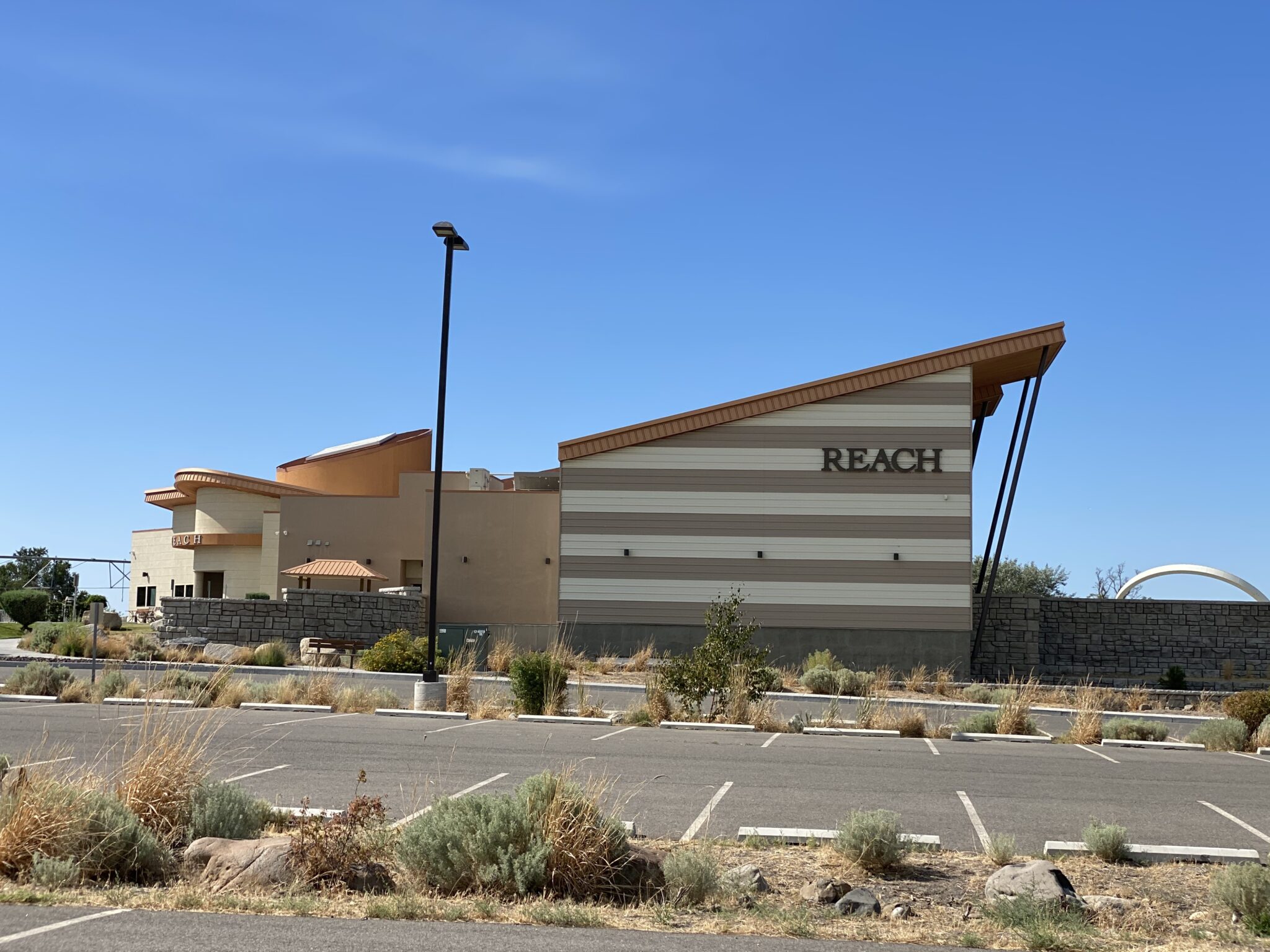July 18, 2021
Hanford Reach is the name of the longest non-tidal free-flowing section of the Columbia River. The museum named for it features two main galleries, one about the natural history of the area and the other about the Hanford Nuclear Reservation.



Hanford was chosen as one of three locations that developed nuclear bombs. The program at Oak Ridge, Tennessee was enriching uranium. Hanford was synthesizing plutonium from uranium. And, the program at Los Alamos, New Mexico was responsible for determining how to make both substances work in nuclear bombs. Between March 1943 and August 1945, three nuclear reactors as well as support facilities and housing for 50,000 people were built on Hanford’s 670 square miles. Less than one percent of the workers knew the true nature of the site’s mission.


3,600 trailers like the one below, as well as barracks and single-family homes were used to house workers. This trailer has less than 150 square feet of living area and housed an average of 3.5 people. 30 trailers shared a bathroom and laundry facility.

The following numbers give perspective on the enormity of the project.
- 250 cows were required for the milk used in one breakfast
- 900 pies were made for one meal in one mess hall–there were 8 mess halls or 7,200 pies per meal
- 12,000 turkeys (22 tons) were prepared for Thanksgiving
- Hanford at one time had the largest general delivery post office in the U.S.
- Hanford was once the largest voting precinct in the U.S.
The first production reactor went on line in September 1944 and the first plutonium shipment was sent to New Mexico and fueled the bomb that was detonated near Alamogordo in July 1945. Plutonium from Hanford fueled the bomb that was detonated over Nagasaki August 9, 1945.
Plutonium production stopped briefly after the war but resumed in 1948 as the cold war intensified. By the 1960s the emphasis switched from the production of weapons material to the production of electricity.

Production was halted in 1987 with the Intermediate Nuclear Forces Treaty and all operations ceased by 1990. At that time Hanford became the biggest environmental cleanup job in U.S. history. Liquid wastes were stored in tanks holding up to a million gallons. Some were injected into the ground. Spent nuclear fuel was stored in canisters. Other solid wastes were buried in pits or trenches. It may be into the 2040’s before cleanup is complete.



0 Comments